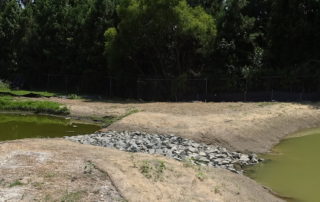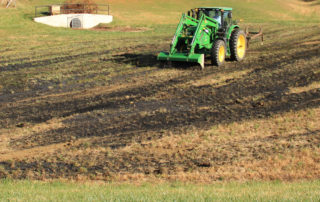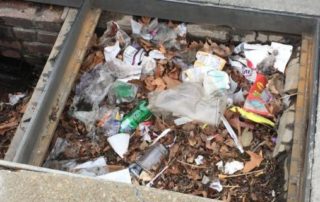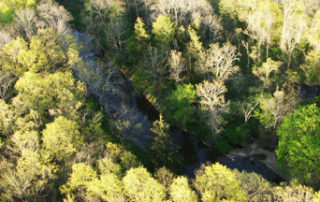What’s in Your Storm Drain Inlet? A Study to Characterize the Loads from Inlet Cleaning
The Center for Watershed Protection, in partnership with Morgan State University, recently completed a research study for Maryland Department of Transportation State Highway Administration (MDOT SHA) to evaluate and provide recommendations to optimize their inlet cleaning program for TMDL compliance. Inlet cleaning is an element of the MDOT SHA’s plan to achieve regulatory compliance for TMDL and MS4 requirements. While there are current crediting protocols and guidance to translate material removed from inlets to nutrient and sediment load reductions, to date, there is limited research to quantify nutrient and sediment load reductions from inlet cleaning. The studies that do exist [...]










